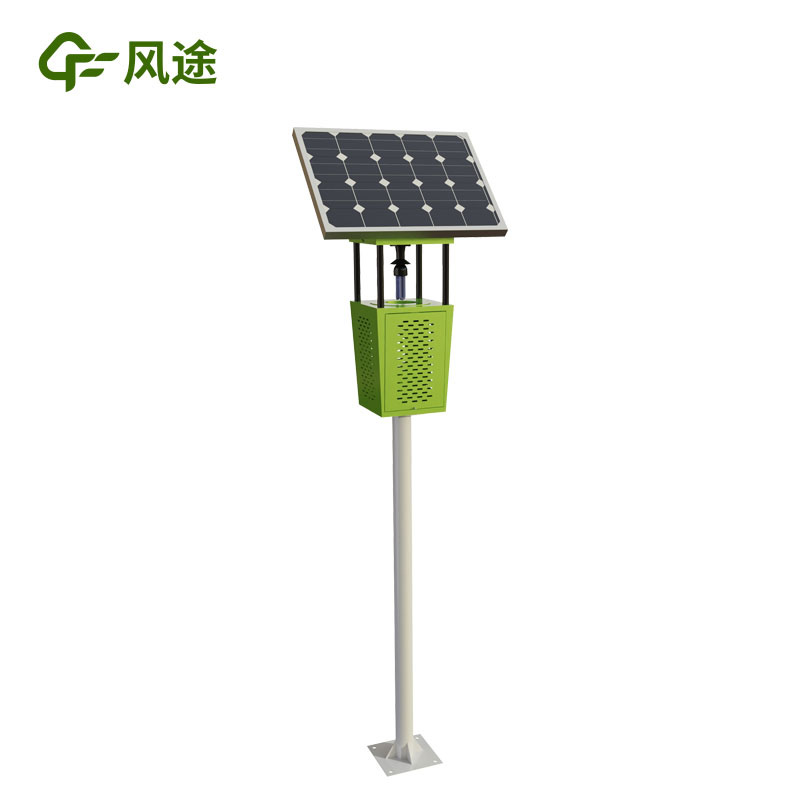In agricultural production, pests have always been a critical factor affecting crop yield and quality. To control pests effectively, people continue to explore various prevention and control methods. Among them, air suction insecticide lamps and electric shock insecticide lamps, as physical control tools, have been widely applied. But which of these two types is better? Let’s compare them from multiple aspects.
1. Working Principle
Air Suction Insecticide Lamp: It utilizes the phototaxis of pests—emitting light of a specific wavelength to attract pests. Then, a strong air flow generated by a fan sucks the pests into an insect-collecting device, where the pests eventually die from dehydration or other causes.
Electric Shock Insecticide Lamp: It also relies on pests’ phototaxis to attract them with light. When pests come into contact with the high-voltage power grid, the high voltage released instantly kills them.
2. Pest Control Effect
Air Suction Insecticide Lamp: It has good capture ability for pests of all sizes, especially small ones. For example, it can efficiently suck in small pests like aphids and thrips on vegetables through air flow, reducing pest damage to crops.
Electric Shock Insecticide Lamp: It performs better in killing large pests—once large pests touch the high-voltage grid, they are usually eliminated quickly. However, it has limitations in dealing with small pests: some tiny pests may escape without being electrocuted due to their small size when touching the grid.
3. Impact on the Ecological Environment
The Air Suction Insecticide Lamp has obvious advantages in this regard. It uses physical means to kill pests, producing no chemical pollution and causing no harm to soil, water sources, or air. Moreover, its relatively gentle pest-killing process reduces the probability of accidentally harming natural enemies of pests, which is conducive to maintaining the balance of the farmland ecosystem.
In contrast, the Electric Shock Insecticide Lamp may accidentally kill some beneficial insects during the electric shock process, exerting a certain impact on the species diversity of the ecosystem. Additionally, the pest debris generated during electric shock may attract other insects like ants, leading to secondary pest infestations.
4. Maintenance Cost
Air Suction Insecticide Lamp: Its structure is relatively simple, and the insect-collecting device is easy to clean—usually, only regular disposal of pests in the insect-collecting bag is needed. Key components like fans have a long service life and require low maintenance frequency, resulting in overall low maintenance costs.
Electric Shock Insecticide Lamp: Its high-voltage grid needs regular cleaning of pest corpses; otherwise, the electric shock effect will be affected, and short-circuit faults may even occur. Furthermore, components like the high-voltage grid are prone to damage after long-term use, with high replacement costs. Maintenance work is relatively complex and requires operation by professionals.
Conclusion
In summary, air suction and electric shock insecticide lamps each have their advantages. The Air Suction Insecticide Lamp excels in ecological friendliness, control of small pests, and low maintenance costs; the Electric Shock Insecticide Lamp has an edge in killing large pests. In practical application, farmers can comprehensively consider factors such as their crop type, pest species and density, ecological environment requirements, and economic costs to select the most suitable insecticide lamp, thereby achieving the best pest control effect.

Article address:https://www.sqqx.net/en/news/726.html

 +86 15898932201
+86 15898932201



